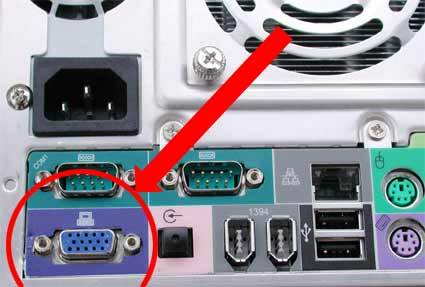Integrated Graphics Performance: It's all in the chips
Observations And Lab Notes
All three motherboards operated smoothly and without crashing during the entire testing period, both when using the integrated graphics chipset and with an AGP add-in card. Only the Soltek SL-75RN was problematic when trying to switch back to the integrated graphics after removing an add-in card. The only remedy we found was resetting the BIOS by clearing the CMOS, thereby reactivating the internal nForce 2 GPU. Neither the Gigabyte GA-8IG 1000 PRO (i865G) nor the Shuttle FS51 (SIS651) had any such problems when switching from internal GPU to AGP and back. This looks like a bug in the Soltek Bios.
All boards operated at the same memory frequency of DDR 333 and nearly identical timings. Regrettably, the chipset revision found in Shuttle's FS51 does not yet support Intel's Hyperthreading. However, it is unlikely that this would improve the weak 3D performance in any way. Only the Sysmark scores are lower, although this is caused by the lower bandwidth of this system' single-channel memory interface.
Gamers outside: People who want to use the PC for PC games should be very carefully if the PC of choice has a VGA connector like this.
The image quality of our review samples varied quite widely. Only one of the boards, namely the Gigabyte i865G platform, was able to produce acceptable output at 1600x1200-85Hz. Both the Soltek nForce 2 and Shuttle's SIS651 board produced an image that made working at this resolution all but impossible. Although the quality improved when switching down to 1280x1024-85Hz, we still wouldn't recommend working at this resolution for extended periods of time. However, at 1024-768-85Hz, the image quality was acceptable.
These findings should not be understood as generally applicable to all integrated solutions, since the motherboard manufacturer is responsible for the VGA output-and different manufacturers follow different designs. Ironically, it is the CE radiation-standard that is responsible for this problem, as it stands in the way of a better signal quality - at least when cost is an issue. Since motherboards with integrated graphics cores are often found in pre-built PCs, and the manufacturers of these machines strive for the lowest possible emission of electromagnetic radiation, it is unlikely that there are many boards out there with integrated graphics that are both inexpensive and offer good signal quality. Again, it is the low-cost approach that's hurting the products - it just isn't possible to build a high-quality component with low-cost, and therefore, often low-quality parts.
That's not to say that this problem only affects integrated graphics. Indeed, it haunts low-cost graphics cards just as much, as our Radeon 9200 from Connect 3D proves. This sample, which we used as a reference low-cost add-in card for $50,produced lousy and completely unacceptable image quality with strong shadowing and blurring - at a resolution as surprisingly low as 1024x768-60Hz.
As we can see, a cheap add-in card is not necessarily the better alternative to an integrated chip when it comes to image quality. Again, it depends entirely on the model in question. A Radeon 9200 by a different manufacturer, for example, offered very decent signal quality.
Get Tom's Hardware's best news and in-depth reviews, straight to your inbox.
Current page: Observations And Lab Notes
Prev Page SIS651 - SIS315 Integrated (Real 256) Next Page Test Setup